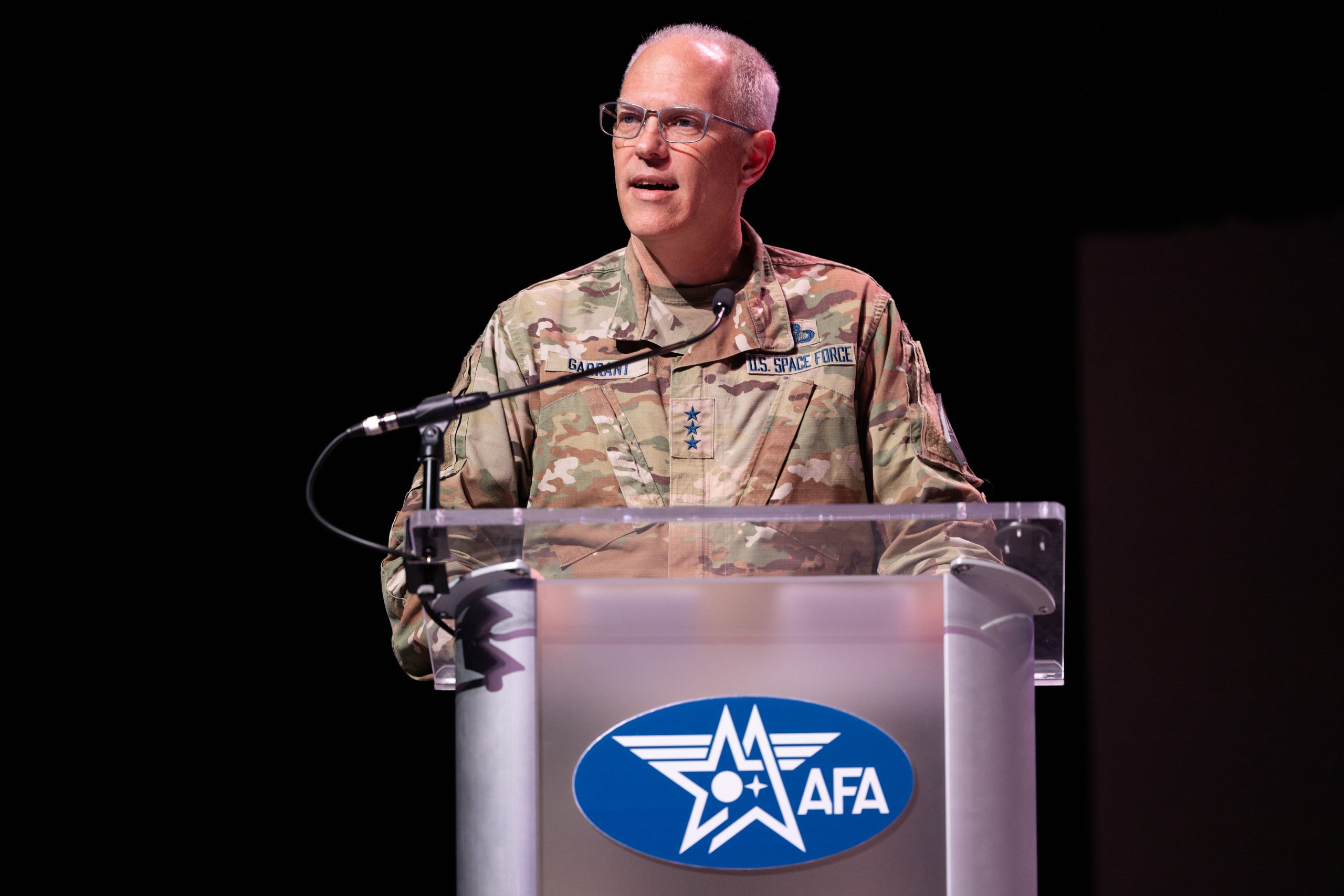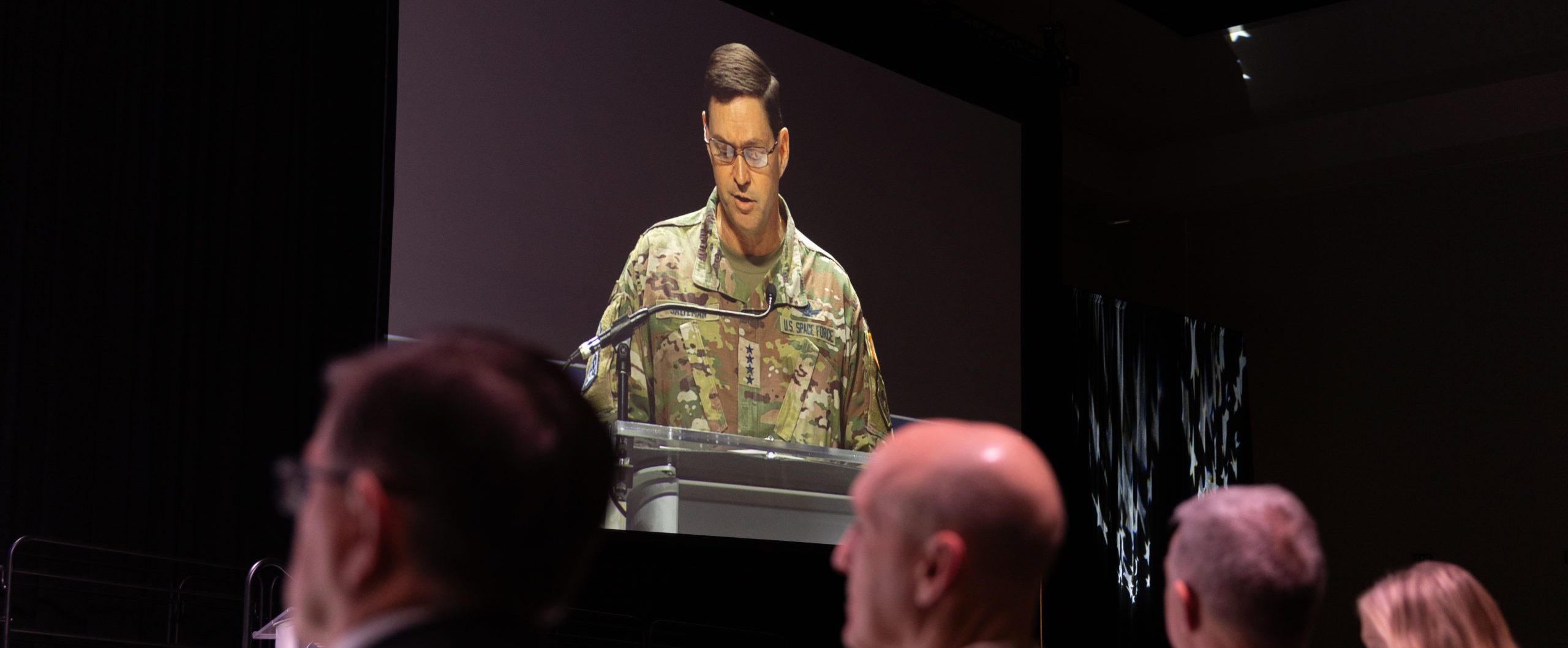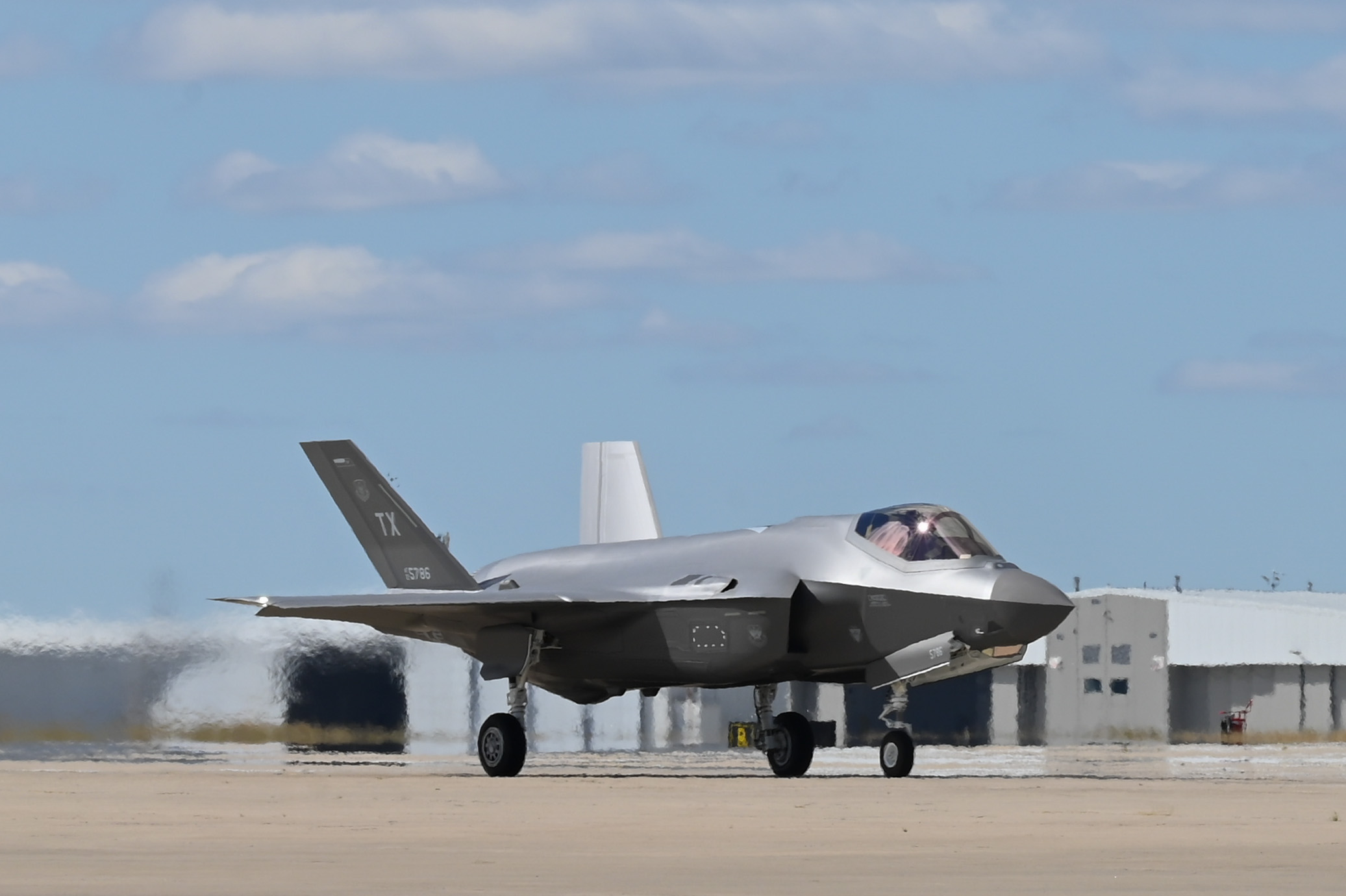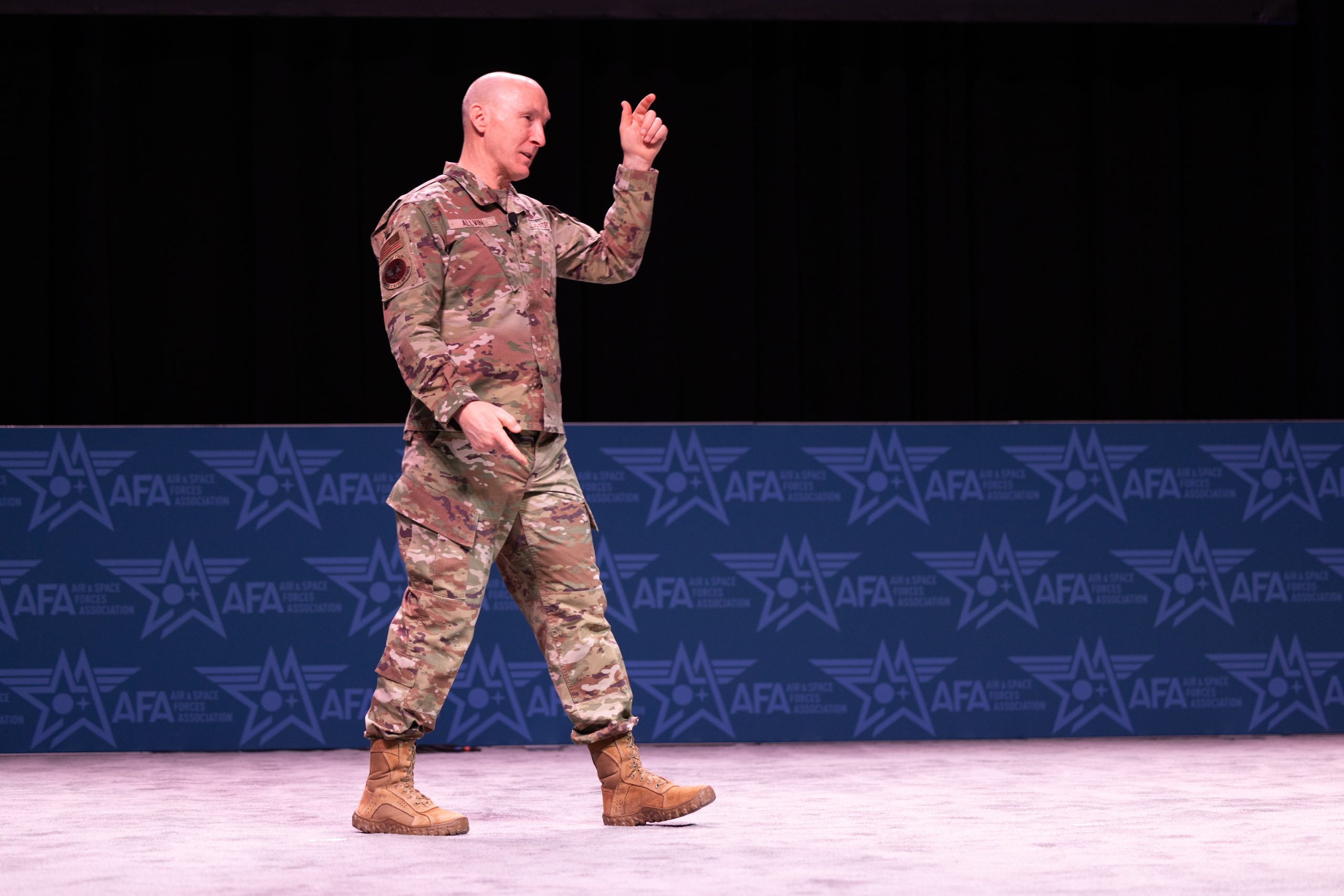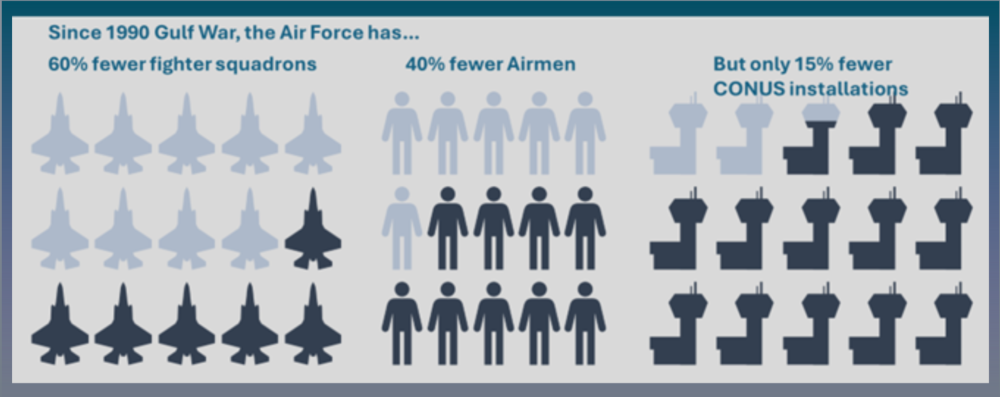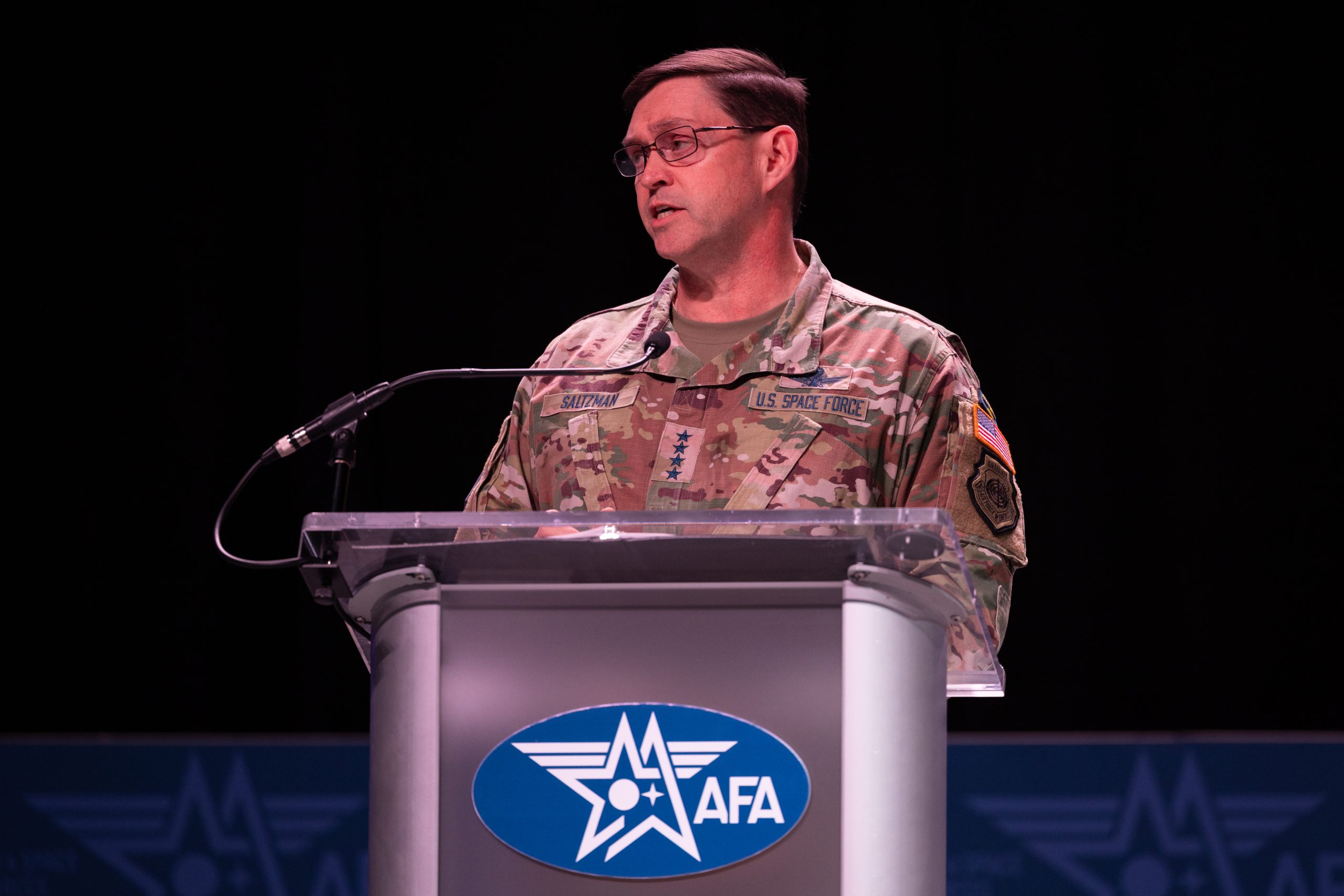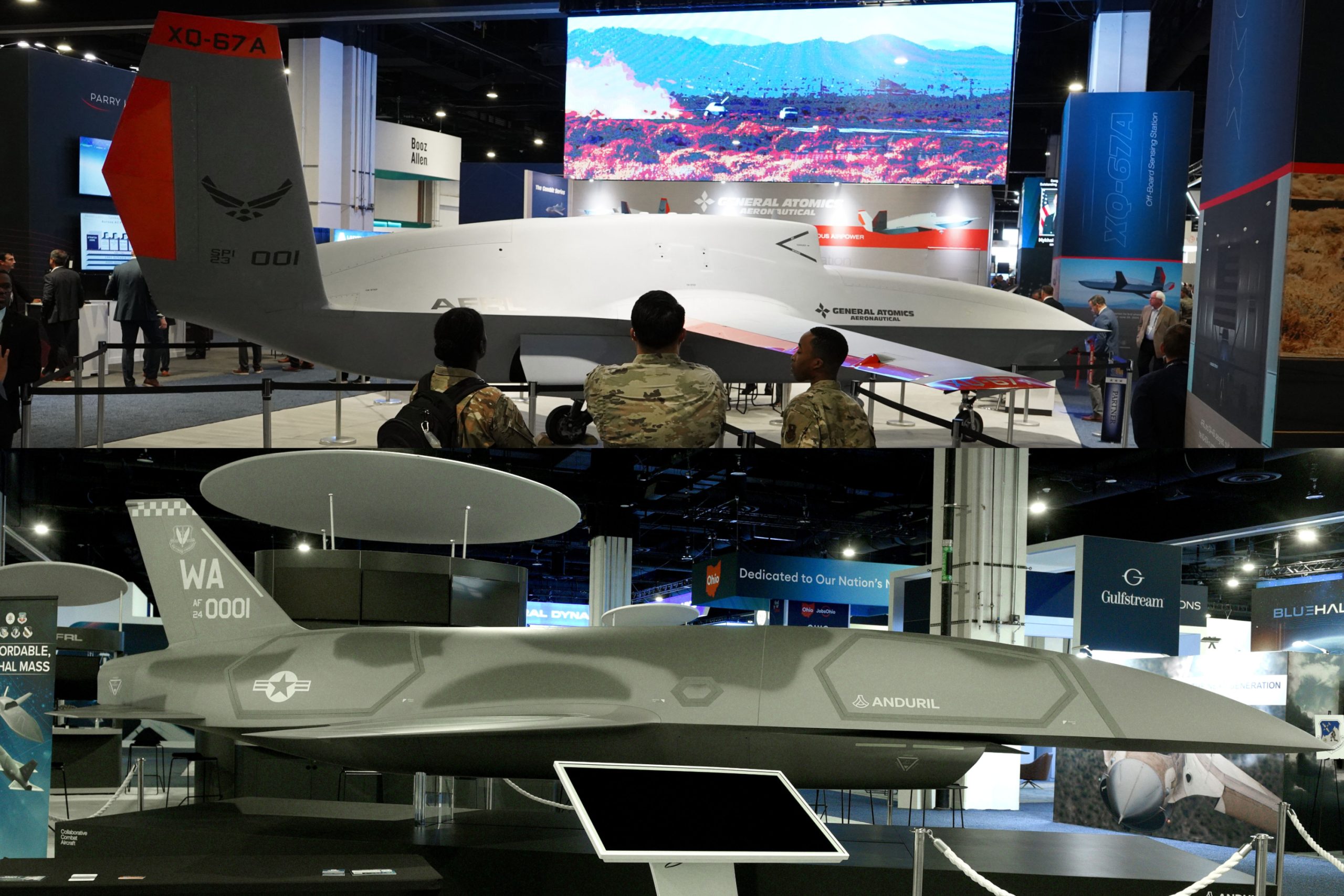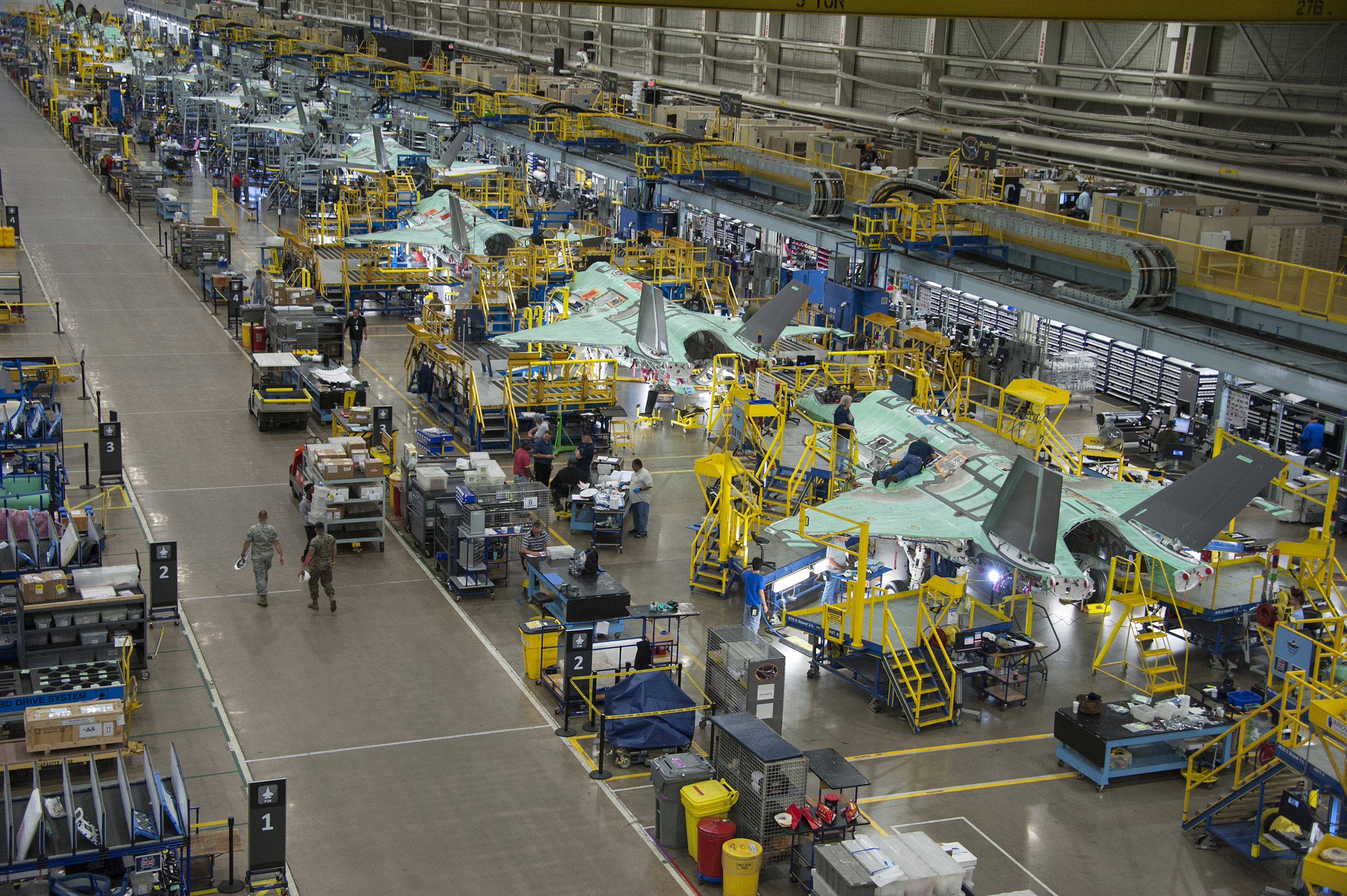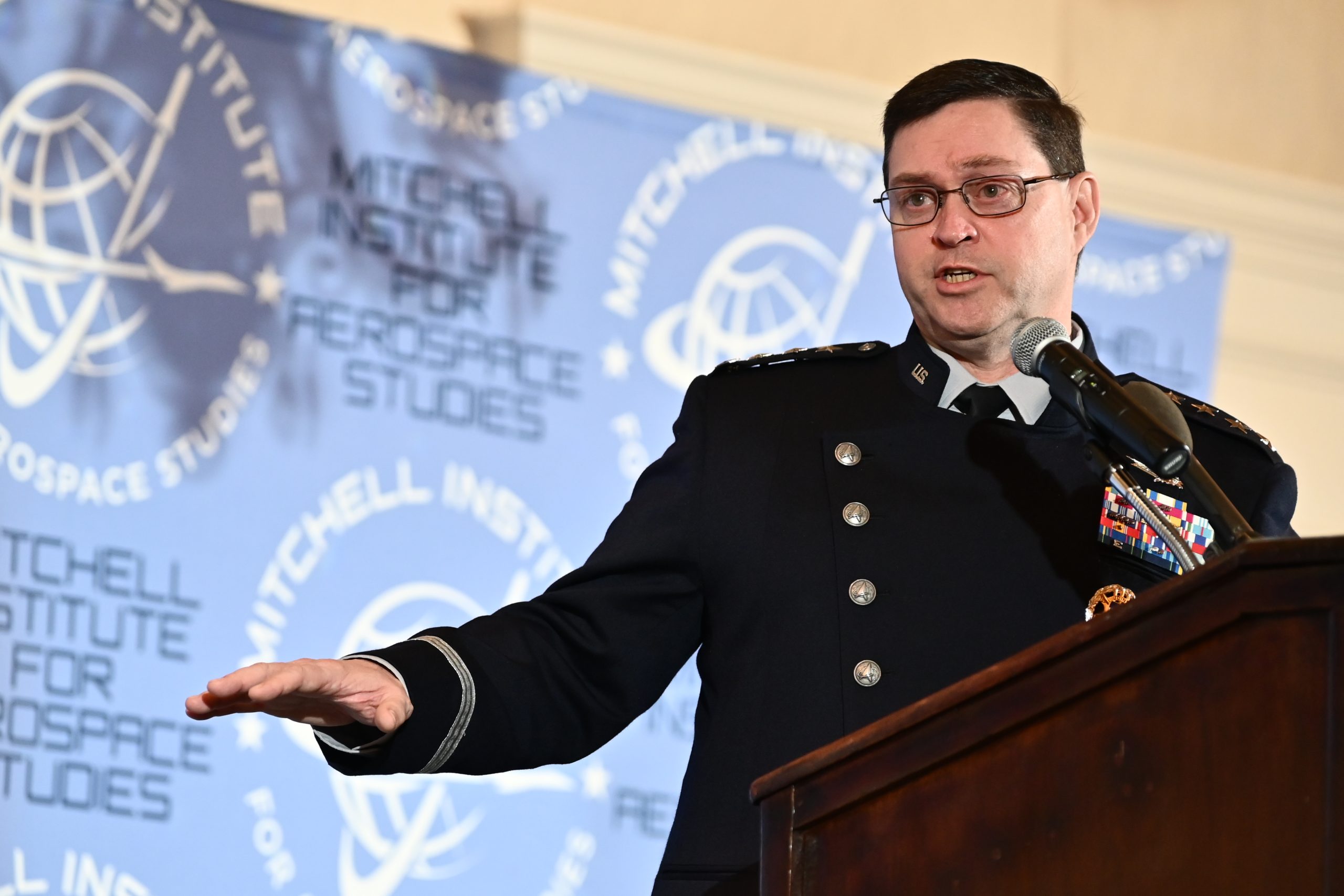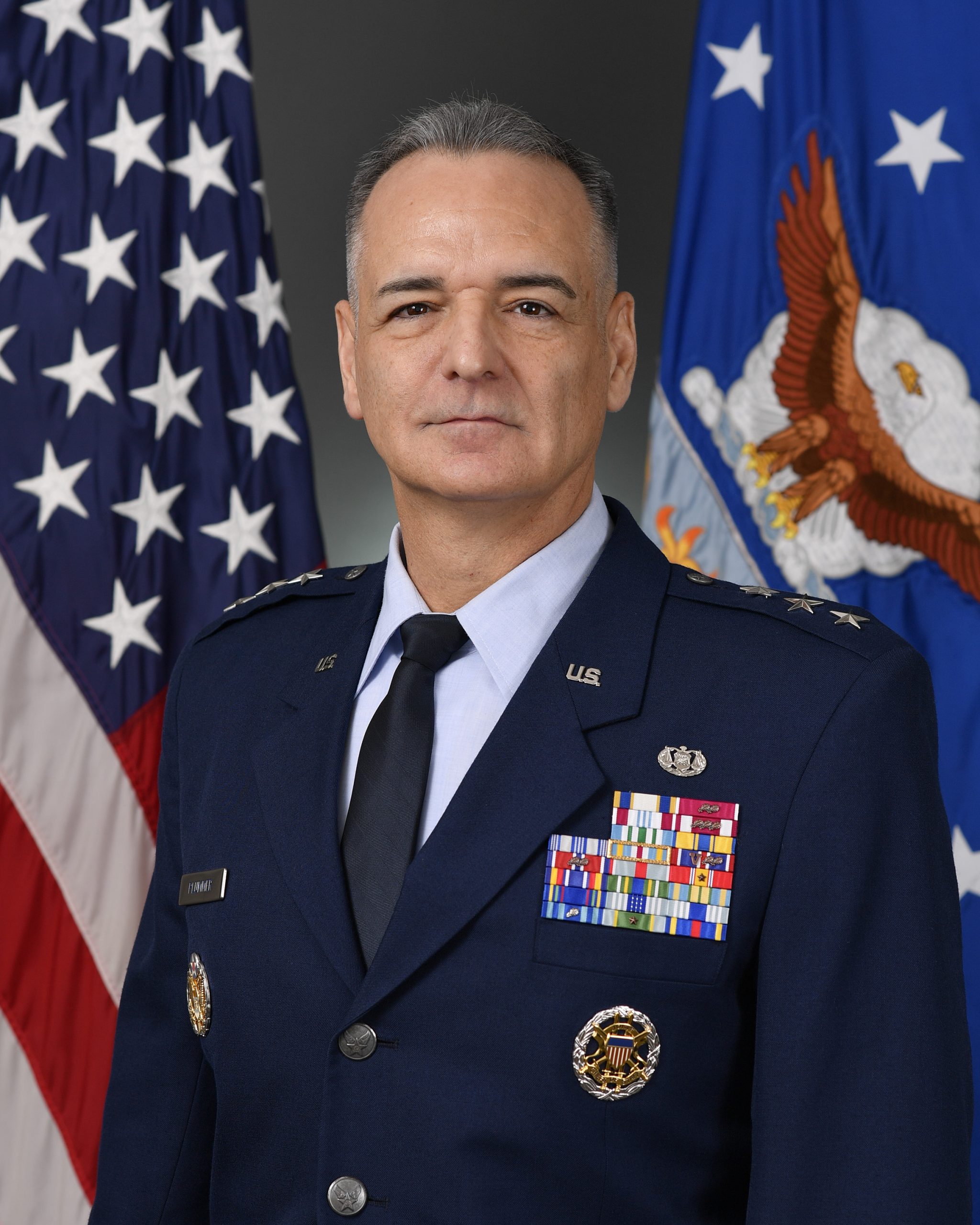AURORA, Colo.—Lt. Gen. Philip A. Garrant only spent a few weeks running the Space Development Agency in addition to his regular job as head of Space Systems Command. But he learned something important from the experience.
“No one in their right mind should have two full-time jobs on opposite ends of the country,” he told reporters with a laugh at the AFA Warfare Symposium.
Garrant was named acting head of SDA in mid-January when Director Derek M. Tournear was placed on administrative leave pending an investigation into a contract award. SSC is based at Los Angeles Air Force Base, Calif., and SDA is in Chantilly, Va., but it wasn’t just the distance that made leading both challenging, Garrant said.
“Both organizations deserve full-time leadership. Both organizations have a lot going on, very busy,” he said.
Garrant said he came away full of praise for SDA and endorsed its continued independence within the Space Force—a key vote of confidence amid uncertainty gripping the agency.
While Space Systems Command is the main acquisition arm of the Space Force and handles most of its biggest programs, the Space Development Agency is working on fielding hundreds of small satellites in low-Earth orbit on timelines previously unseen in military space.
In early February, the Department of the Air Force tapped veteran acquisition official William Blauser to take over for Garrant as acting director. The agency has canceled the contract that led to Tournear’s suspension, but it is unclear when or even if he will return. Meanwhile, a recent Pentagon memo called for an “independent review team” to determine the “health” of SDA and its programs, and consider whether it should remain a semi-independent acquisition arm within the Space Force or be absorbed into other structures.
Chief of Space Operations Gen. B. Chance Saltzman told reporters that SDA’s mission is “critical” to many of the Pentagon’s biggest plans, including joint all-domain command and control and the Golden Dome missile defense shield. Because of that, he said, officials need to take stock of the agency’s unconventional approach.
“They take advantage of new techniques for doing acquisition. We want to make sure that taking advantage of those new techniques for acquisition is serving well and getting us where we need to go,” he said. “We want to learn quickly about it. I think that’s why [acquisition and sustainment] wanted to kind of take a take a pause and take a look and do some reviews to make sure that we like what we’re getting to.”
Garrant, for his part, was highly complimentary of SDA’s work.
“An incredibly proud workforce … incredibly committed to the mission. They absolutely believe in what they’re doing and really pushing boundaries,” he said.
The agency was charged with three missions, Garrant noted: disrupting space acquisition, building up the industrial base, and delivering capabilities. On all three fronts, he said, it has made progress—he even praised SDA’s work on laser communications, pushing back on a recent report from the Government Accountability Office that warned the agency was going too fast on unproven tech.
All in all, Garrant made it clear he supports SDA’s continued work.
“I think the Space Development Agency will continue to be an incredibly important part of the Space Force, independent and completely separate from SSC,” said Garrant.
